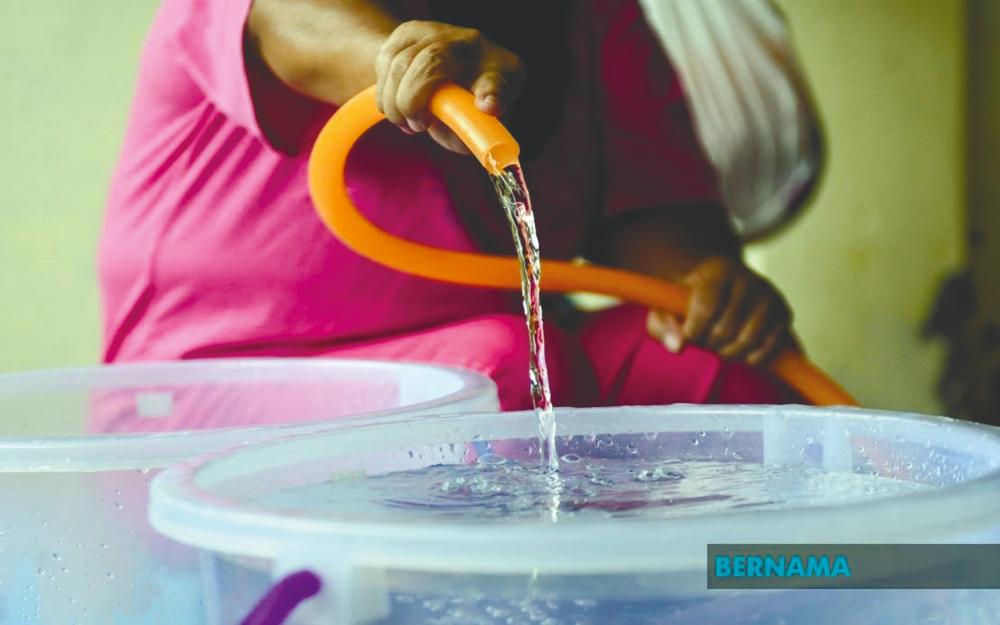WHEN the government initiated the National Water Services Industry Restructuring (NWSIR) in 2004, it was to fix the problematic industry that was heavily politicised and operating with various failed models.
NWSIR is implemented using Water Services Industry Act 2006 (WSIA) model. One of the core parts of NWSIR is to address the financing issues and the recouping of cost (via water tariff) to achieve efficient and sustainable water services industry. Thus, a transparent and equitable Tariff Setting Mechanism (TSM) using benchmarking method was developed and agreed upon in 2009 and Water Regulatory Accounting (Warga) was also agreed upon in 2016.
During the transition period, few tariff reviews were done based on “cost plus” mechanism. This “cost plus” mechanism takes the projected cost submitted by water services licensees and add a regulated profit. It is an archaic way of setting tariff which was supposed to be replaced by benchmarking mechanism under the WSIA model.
Between 2018 and 2021, two tariff review consultation processes were carried out and completed. The first began in December 2018 and ended in May 2019 for Pahang, Perlis, Labuan, Terengganu, Kelantan and Selangor (including Kuala Lumpur and Putrajaya). The second was done in the middle of 2021 via an online consultation process for Kedah, Penang, Johor, Negri Sembilan, Perak, Malacca, and included sewerage services.
TSM must be implemented by the National Water Services Commission (SPAN) to ensure there is equitable tariff with enough check and balance put in place. TSM involves unit cost benchmarking to the lowest efficient cost.
Operations are clustered based on their size, type of raw water, technology, etc. The cost per cubic metre (m3) is then derived and compared. For example, if the lowest treatment cost in a comparison cluster is 11 sen per m3, other operators that operate above that value will be benchmarked to the lowest cost. If another treatment plant is operating at 16 sen per m3, the additional 5 sen per m3 will not be allowed to be passed on to tariff.
Similarly, during the tariff cycle (every three years), if the operator with 11 sen per m3 manages to reduce the costs to 10.5 sen, the savings will be the operator’s perks. However, when we move to the next tariff review cycle, the regulator will use 10.5 sen per m3 as the benchmark.
This approach is also done to chemical cost, electricity cost (based on energy efficiency drive), human resource cost and many more regulated cost that are allowed to be passed on to tariff. This is to drive cost efficiency and equitable tariff to consumers.
TSM is to regulate profit margin to be below double-digit percentage. SPAN can impose a cap on the efficiency perk and profit margin so that additional recovery can be directly ploughed back to tariff.
When TSM based on cost benchmarking is implemented, bloated and inefficient cost will not be allowed to be passed on to water tariff. This is the objective of a tariff review process and it does not guarantee a tariff increase as it promises only efficient cost to be passed on to tariff. The “cost plus” mechanism does not guarantee that only efficient cost that will be passed on to water tariff.
The NWSIR has set a 30-year target to achieve full cost recovery that includes parcelling of sewerage services to state water companies. A three-year rolling plan will be imposed on top of the 30-year business plan requirement. Unfortunately, after 14 years of enforcement of WSIA (that began on Jan 1, 2008), SPAN has failed to implement cost benchmarking for the tariff review process. The cost benchmarking can be developed from a simple comparison mechanism which later can evolve into complex matrices of iteration process to minimise inefficiencies cost and eliminate bloated cost.
The question is: Why has SPAN failed to implement a transparent tariff-setting mechanism based on benchmarking method to date? Do SPAN’s officers realise the negative impacts of such delay to the entire restructuring process and cost that are passed through to the consumers and businesses?
The water industry is about giving services to the nation, economy and the people; it is never about creating billionaires. Thus, priorities must be set to get almost-perfect results.
“Do not worry about your difficulties in Mathematics. I can assure you mine are still greater.” – Albert Einstein
This article is contributed by Piarapakaran S, president of the Association of Water and Energy Research Malaysia (Awer), a non-government organisation involved in research and development in the fields of water, energy and environment.









